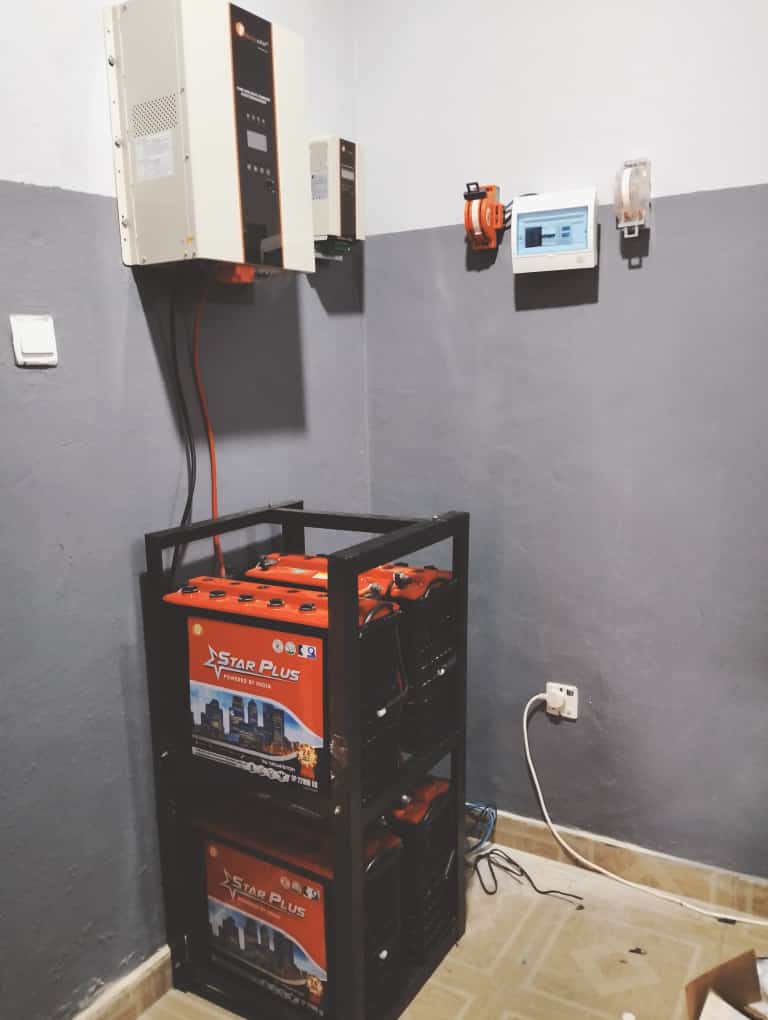The Virginia Tech Center for Vehicle Systems and Safety (CVeSS) and the Railway Technologies Laboratory want to harness the energy created by moving trains and transform that energy into usable electricity. 76% of the total miles on American railroad tracks are in rural areas that lack the electricity required for operating smart rail systems.

Researchers at CVeSS set about coming up with a more durable solution that would provide energy to these devices, deter theft, and require minimal maintenance.
Research in motion
As the wheels of the train pass over the rail, the bars pushes down a metal bar, triggering a series of gears. Those gears rotate a generator and produces electricity, this energy produce can be stored in a battery.

After developing this viable idea, the team next created a prototype. The researchers successfully tested the device in the lab, and Ahmadian started conversations about the technology with familiar industry partners.
Norfolk-Southern agreed to host the deployment of the new rail on a section of its track this past August. Since that rollout, the CVeSS team has been collecting data to determine the amount of power that can be generated and the best ways to optimize the device’s design.
A Rail With Purpose
For every wheel of the train that goes by, we are harvesting 15 to 20 watts of power, says Ahmadian.

“If we have a long train with maybe 200 railcars, that’s 800 wheels, making 1.6 kilowatts,” he says. The ability to monitor the track with that technology is mostly absent, not because we don’t have the technology, but because it is difficult to bring power to remote locations.
Conclusion
The Virginia Tech Center for Vehicle Systems and Safety (CVeSS) and Railway Technologies Laboratory want to harness the energy created by moving trains and transform that energy into usable electricity. A new kind of high-tech tie, placed underneath the rail, is topped with a heavy metal bar mounted on a spring.

